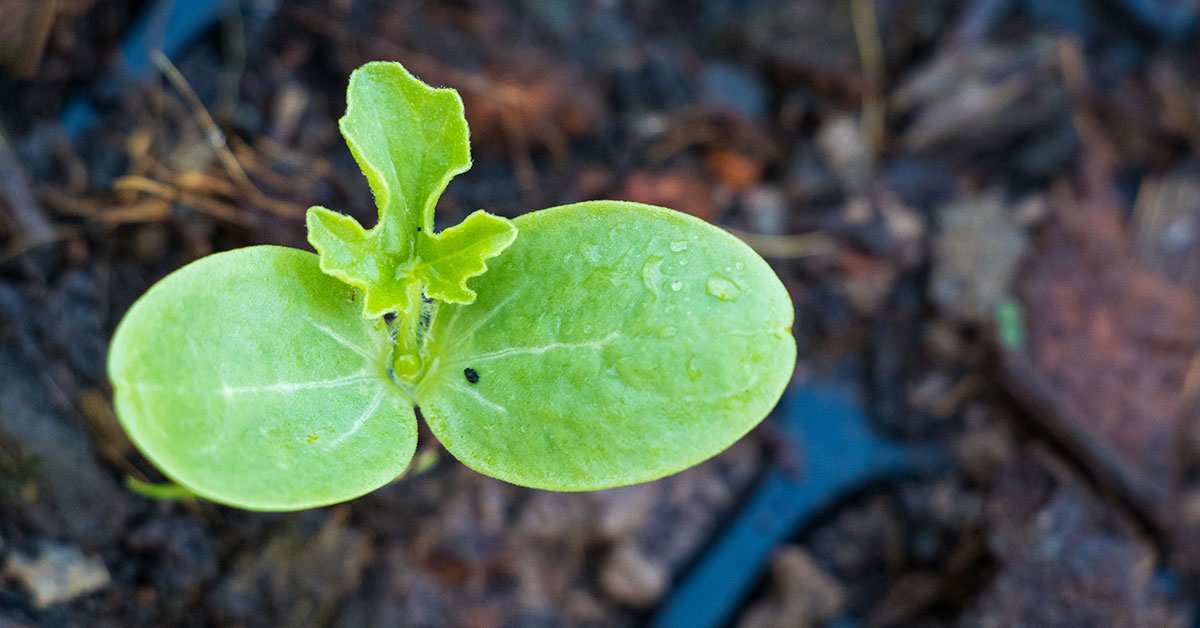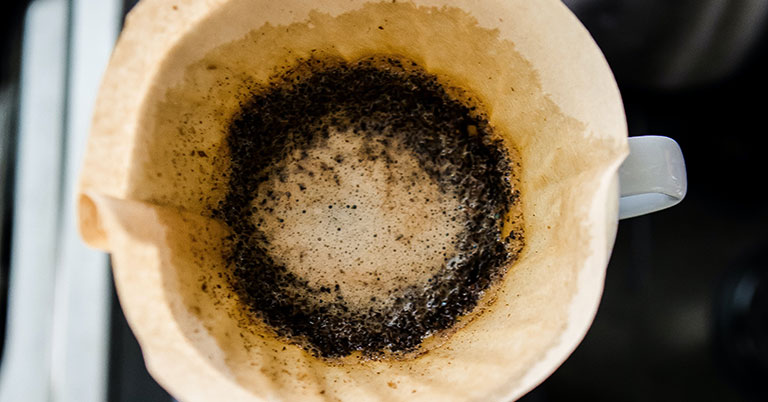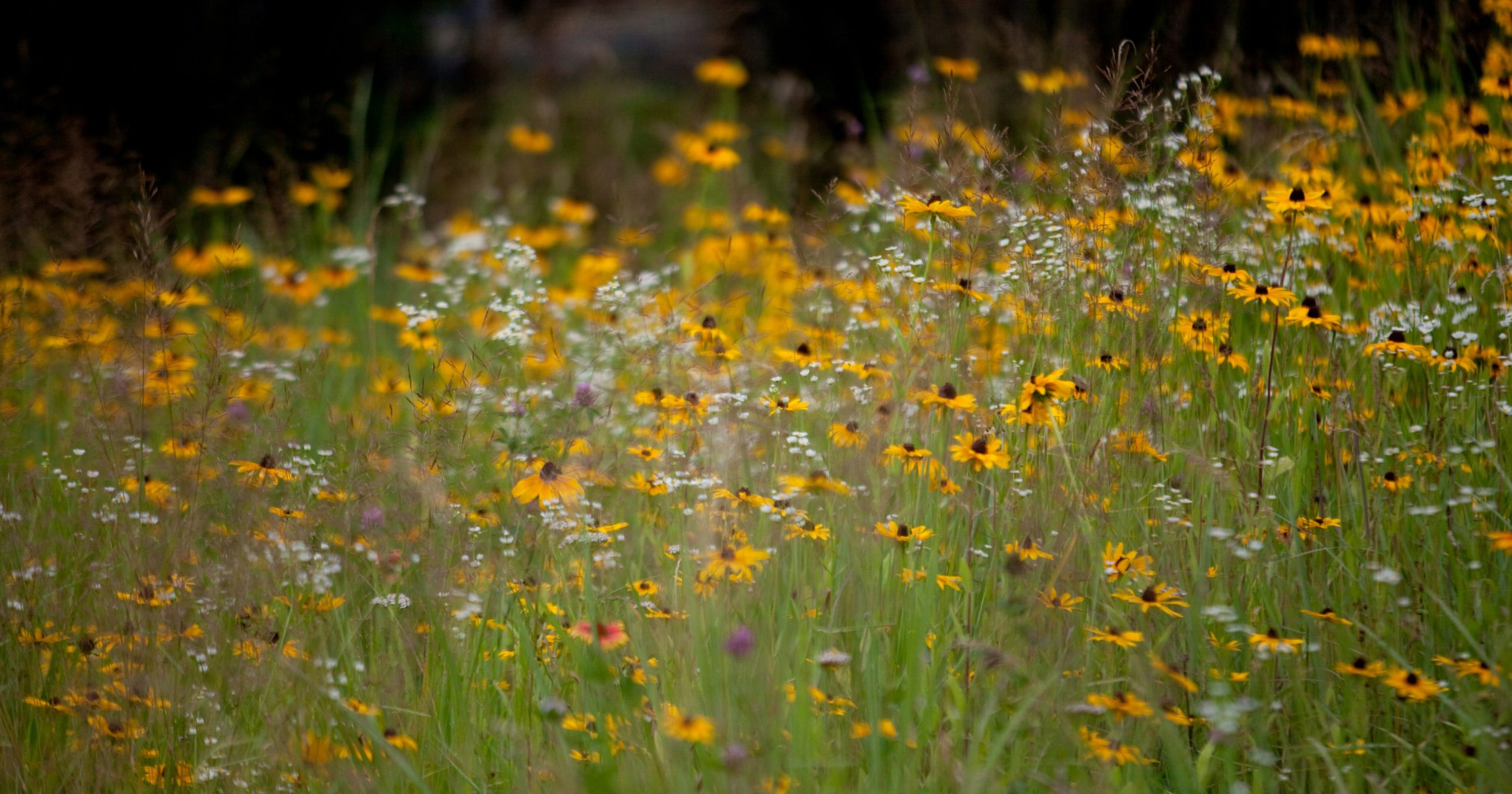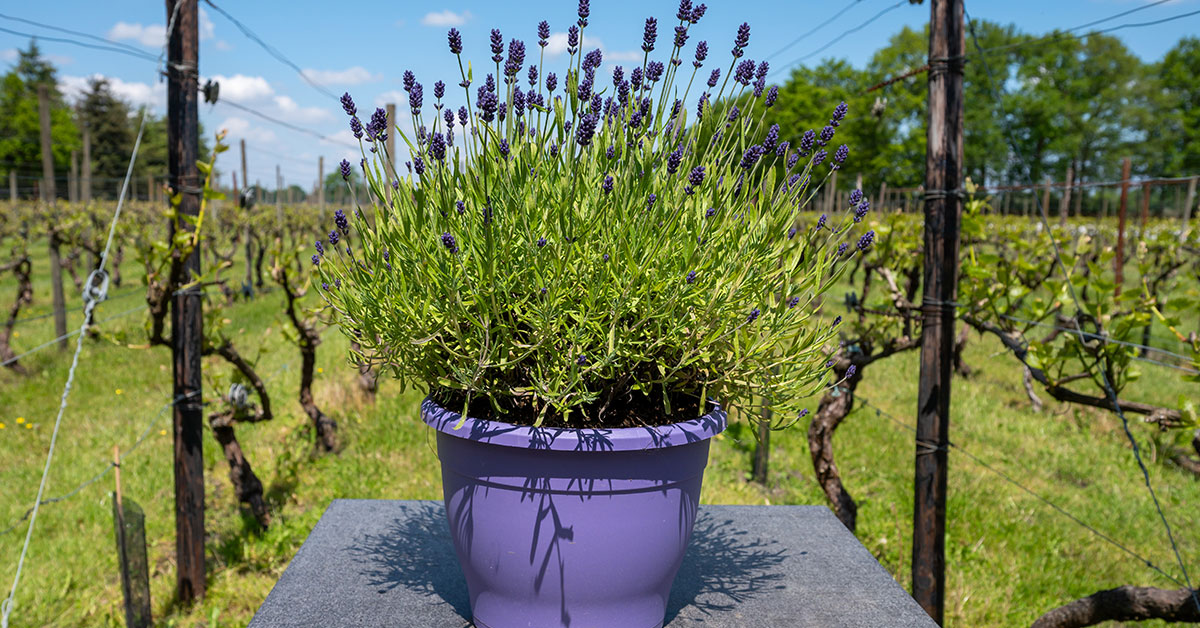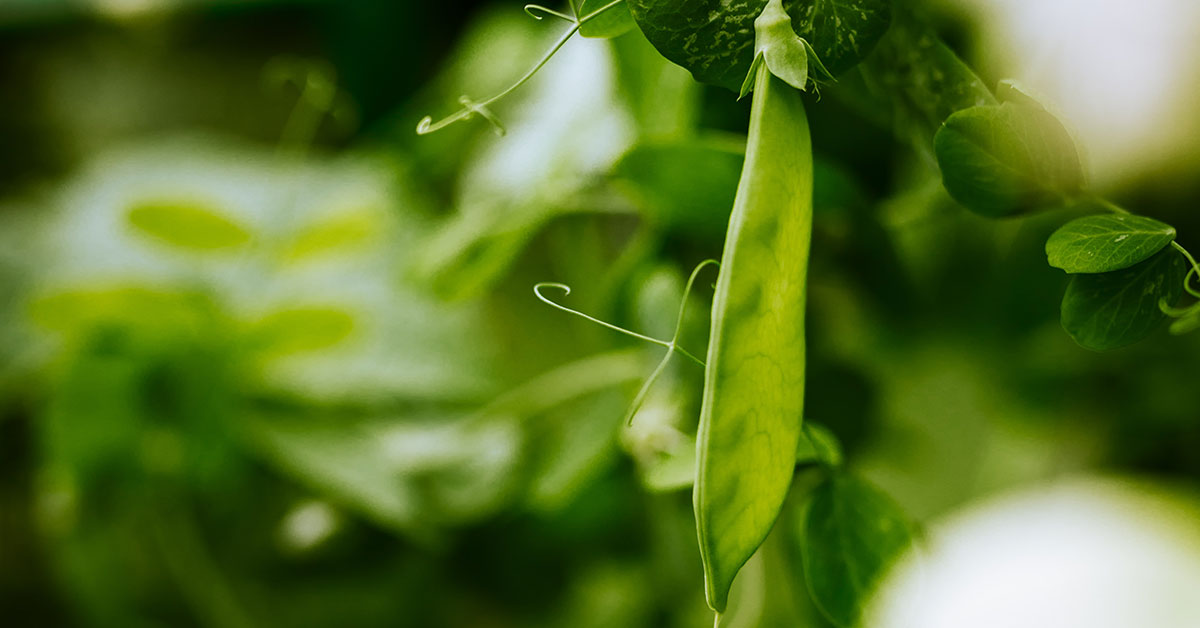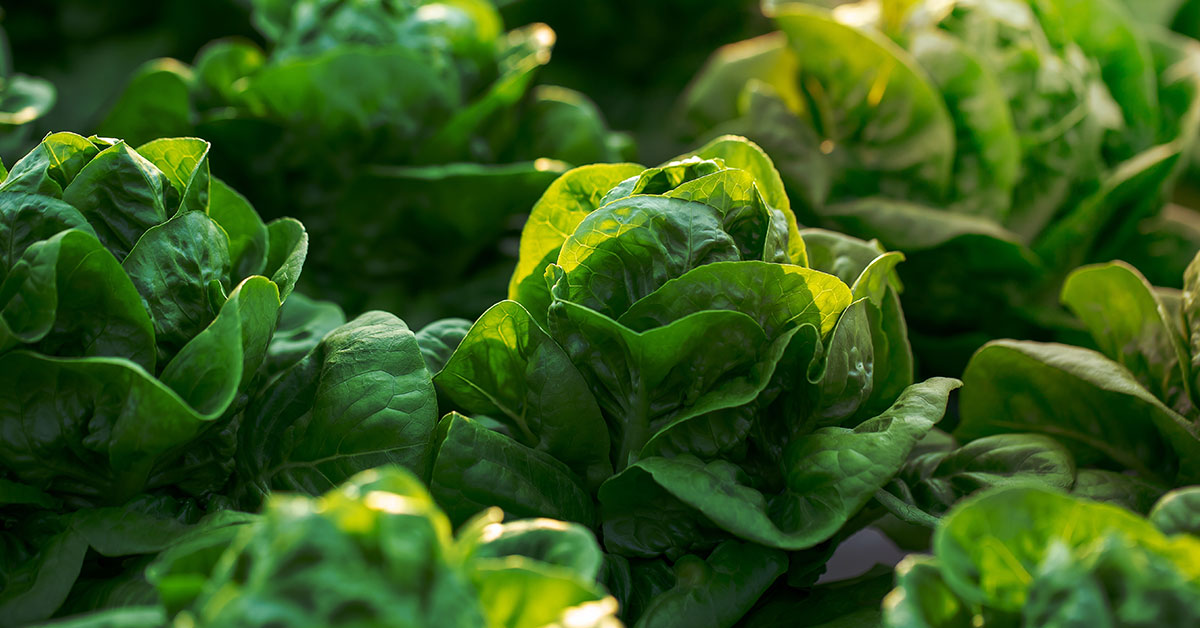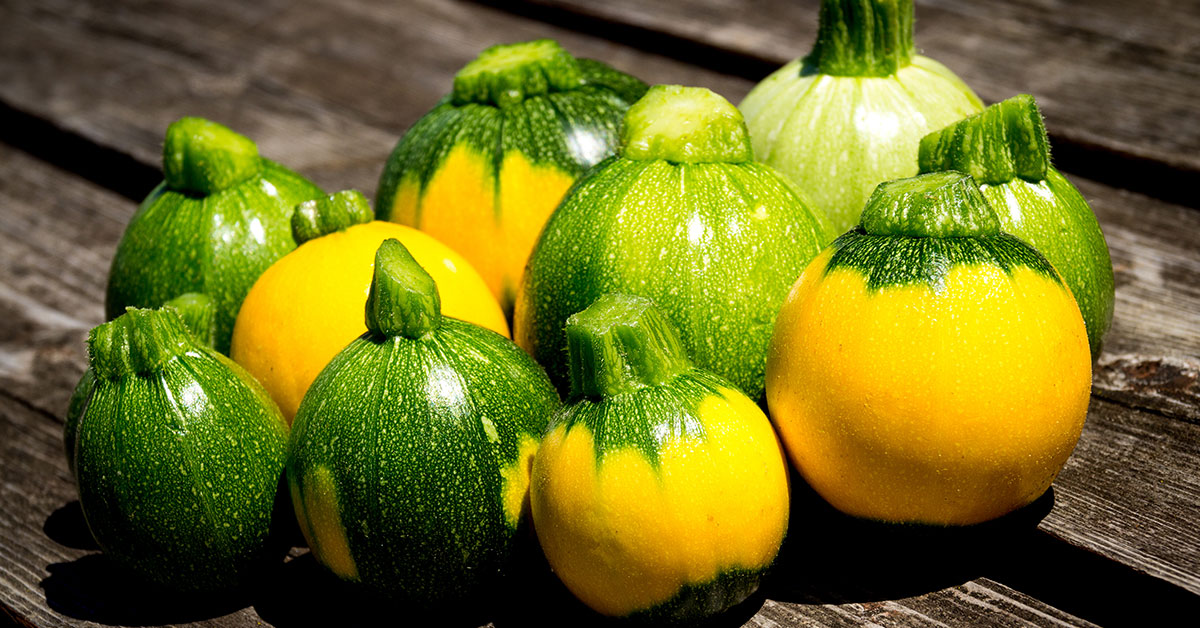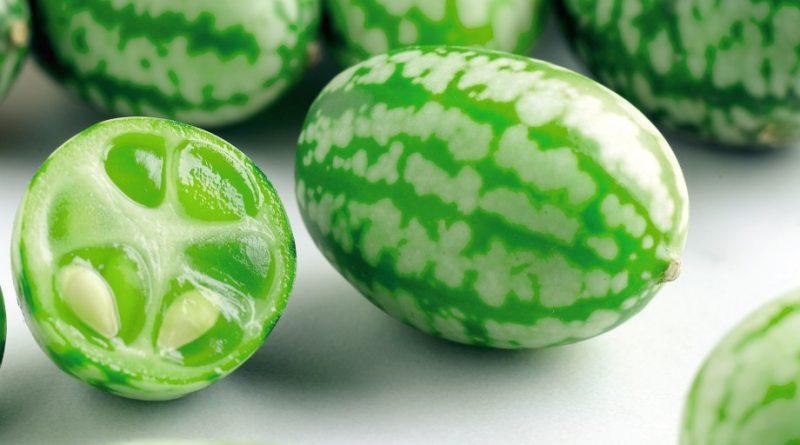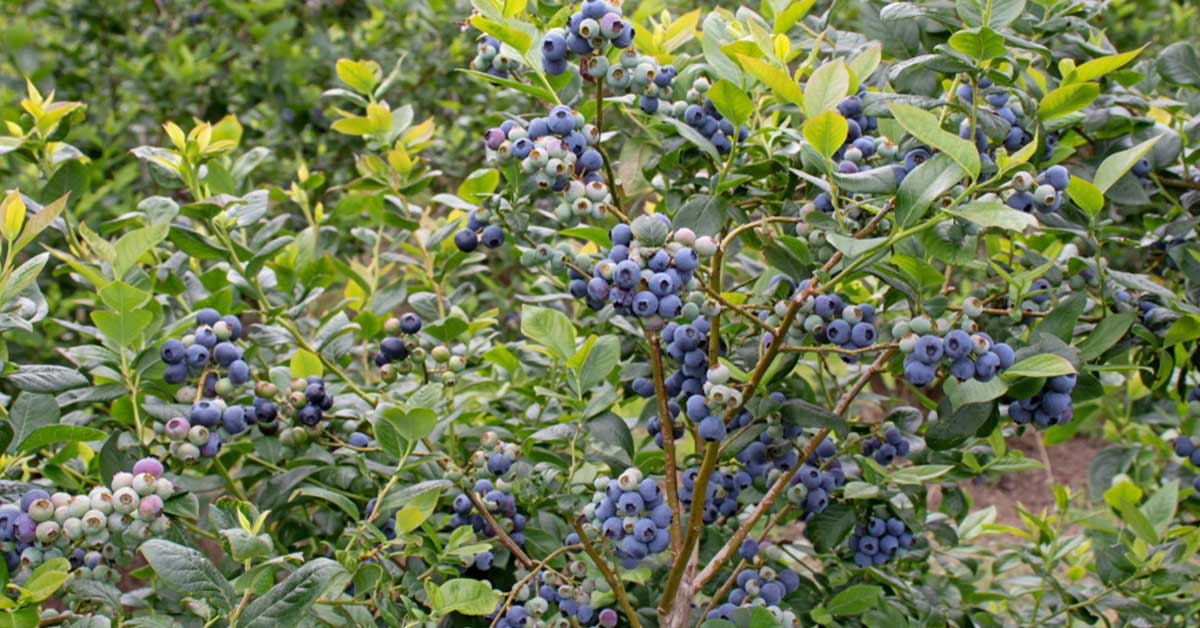Welcome to our comprehensive guide on growing watermelon in Zone 6! If you’re a gardening enthusiast residing in this region, you may be wondering about the ideal time to plant watermelon for a successful harvest. Zone 6, which covers a wide range of states including parts of the Midwest and Northeast, experiences a moderate climate with distinct seasons. Understanding the specific planting windows and requirements for watermelon in this zone is crucial to maximize your chances of growing juicy, delicious fruits.
In this article, we will delve into the optimal timing for planting watermelon in Zone 6, taking into account the unique characteristics of this region’s climate and soil conditions. Whether you’re a seasoned gardener or a beginner, get ready to learn valuable insights that will help you cultivate thriving watermelon plants and enjoy a bountiful harvest.
Best varieties of watermelon to grow in Zone 6
In Zone 6, which experiences cold winters and hot summers, it is important to choose watermelon varieties that can tolerate both extremes. Here are a few watermelon varieties that tend to perform well in Zone 6:
- ‘Sugar Baby’: This is a popular variety known for its small size and sweet flavor. It matures relatively quickly, making it suitable for shorter growing seasons.
- ‘Crimson Sweet’: This variety produces large, oval-shaped fruits with sweet, crisp flesh. It has good disease resistance and can handle the temperature fluctuations in Zone 6.
- ‘Black Diamond’: This variety is known for its large, dark green fruits with sweet, juicy flesh. It is a heat-tolerant variety that can handle the hot summers in Zone 6.
- ‘Moon and Stars’: This unique variety has dark green skin with yellow spots resembling stars and a larger yellow spot resembling the moon. It has a sweet flavor and can tolerate both cold and hot temperatures.
- ‘Charleston Gray’: This variety produces large, oblong fruits with sweet, juicy flesh. It is known for its excellent disease resistance and can handle the temperature fluctuations in Zone 6.
Remember to provide your watermelon plants with full sun exposure, well-draining soil, and regular watering to ensure optimal growth and fruit production. Additionally, consider using row covers or other protective measures to extend the growing season in colder months.
When to plant watermelon in Zone 6
In Zone 6, the best time to plant watermelon is typically in late spring or early summer when the soil temperature has warmed up to around 70°F (21°C) or higher. This usually occurs around mid to late May. Watermelons require warm soil for germination and optimal growth. Planting too early, when the soil is still cool, can result in poor germination and slow growth. It is also important to ensure that all frost has passed before planting watermelon seedlings or seeds directly in the ground.
How to grow
Growing watermelon requires careful planning and attention to detail. Here are the steps and considerations to keep in mind:
- Climate and Location: Watermelons thrive in warm climates with a long growing season. They require full sun for at least 6-8 hours a day. Choose a location with well-drained soil that is rich in organic matter.
- Soil Preparation: Watermelons prefer loamy soil with a pH level between 6.0 and 6.8. Before planting, amend the soil with compost or well-rotted manure to improve its fertility and drainage.
- Seed Selection: Choose watermelon varieties that are suitable for your climate and growing conditions. Consider factors like disease resistance, size, and taste. You can purchase seeds from reputable seed companies or save seeds from a previous harvest.
- Starting Seeds: Start watermelon seeds indoors 2-3 weeks before the last frost date in your area. Plant the seeds in biodegradable pots or seed trays filled with seed-starting mix. Keep the soil consistently moist and maintain a temperature between 75-85°F (24-29°C) for optimal germination.
- Transplanting: Once the seedlings have developed 2-3 true leaves, they are ready to be transplanted outdoors. Harden off the seedlings by gradually exposing them to outdoor conditions over a week. Transplant them into well-prepared soil, spacing them 2-3 feet apart in rows that are 6-8 feet apart.
- Watering: Watermelons need regular and consistent watering throughout their growing season. Provide deep watering to ensure the roots receive enough moisture. Avoid overwatering, as it can lead to root rot and other diseases.
- Fertilization: Watermelons are heavy feeders and require regular fertilization. Apply a balanced organic fertilizer or compost at planting time and side-dress with additional fertilizer every 3-4 weeks. Avoid excessive nitrogen, as it can result in excessive foliage growth at the expense of fruit production.
- Mulching: Apply a layer of organic mulch, such as straw or wood chips, around the plants to conserve moisture, suppress weeds, and regulate soil temperature.
- Pollination: Watermelons require pollination for fruit set. Bees and other pollinators are essential for this process. Encourage pollinators by planting flowers nearby and avoiding the use of pesticides that may harm them.
- Pest and Disease Management: Monitor your plants regularly for pests like aphids, cucumber beetles, and squash bugs. Use organic pest control methods like handpicking, insecticidal soaps, or neem oil if necessary. Prevent diseases by practicing crop rotation, providing good air circulation, and avoiding overhead watering.
- Harvesting: Watermelons are ready for harvest when the fruit’s skin color dulls, the bottom side turns yellow, and the tendril closest to the fruit dries up. Gently tap the fruit; if it sounds hollow, it is likely ripe. Cut the fruit from the vine, leaving a short stem attached.
By following these steps and considerations, you can successfully grow watermelons and enjoy a bountiful harvest.
When to harvest
In Zone 6, watermelon is typically harvested in late summer to early fall, depending on the specific variety and growing conditions. The exact timing can vary, but a general guideline is to harvest watermelon when the fruit is fully mature and the rind has developed its characteristic color and texture. Additionally, the tendril closest to the fruit should be dry and brown, indicating that the watermelon is ready to be picked. It’s important to monitor the fruit closely as it approaches maturity to ensure it is harvested at the optimal time for sweetness and flavor.
Common watermelon plant problems and fixes
Common problems when growing watermelon include:
- Poor pollination: Watermelon plants require proper pollination for fruit development. If there are not enough pollinators in your garden, you may need to hand-pollinate the flowers using a small brush or by transferring pollen from the male flowers to the female flowers.
- Blossom end rot: This is a condition where the bottom end of the fruit becomes dark and leathery. It is caused by a calcium deficiency or irregular watering. To prevent blossom end rot, ensure consistent watering and provide adequate calcium by adding lime or gypsum to the soil.
- Powdery mildew: Powdery mildew is a fungal disease that appears as a white powdery coating on the leaves. To prevent powdery mildew, ensure good air circulation around the plants, avoid overhead watering, and apply fungicides if necessary.
- Fusarium wilt: Fusarium wilt is a soil-borne fungal disease that causes wilting and yellowing of the leaves. To prevent fusarium wilt, choose resistant varieties, practice crop rotation, and avoid overwatering.
- Pest infestations: Common pests that attack watermelon plants include aphids, cucumber beetles, and squash bugs. Monitor your plants regularly and use organic pest control methods such as insecticidal soap or neem oil to manage infestations.
- Over or under-watering: Watermelon plants require consistent moisture, but over or under-watering can lead to problems. Water deeply and regularly, ensuring the soil is evenly moist but not waterlogged.
- Lack of sunlight: Watermelon plants require full sun to thrive and produce sweet fruits. Ensure they receive at least 6-8 hours of direct sunlight daily.
- Improper spacing: Watermelon plants need ample space to spread out and grow. Plant them at least 3-4 feet apart to allow for proper air circulation and prevent overcrowding.
By addressing these common problems and following proper care practices, you can increase your chances of successfully growing watermelon.
